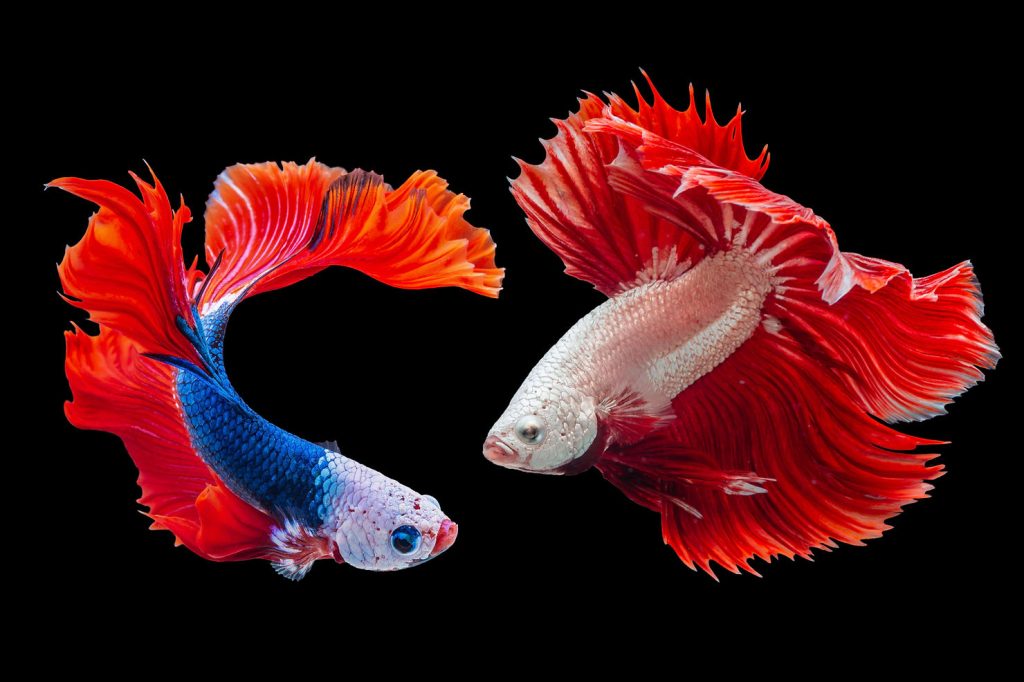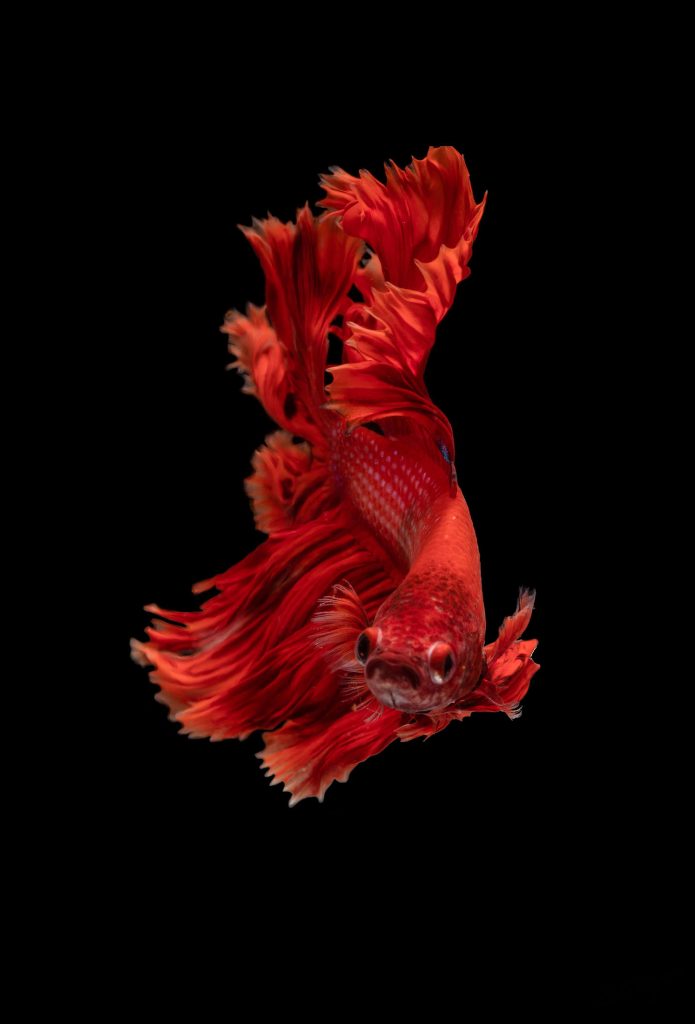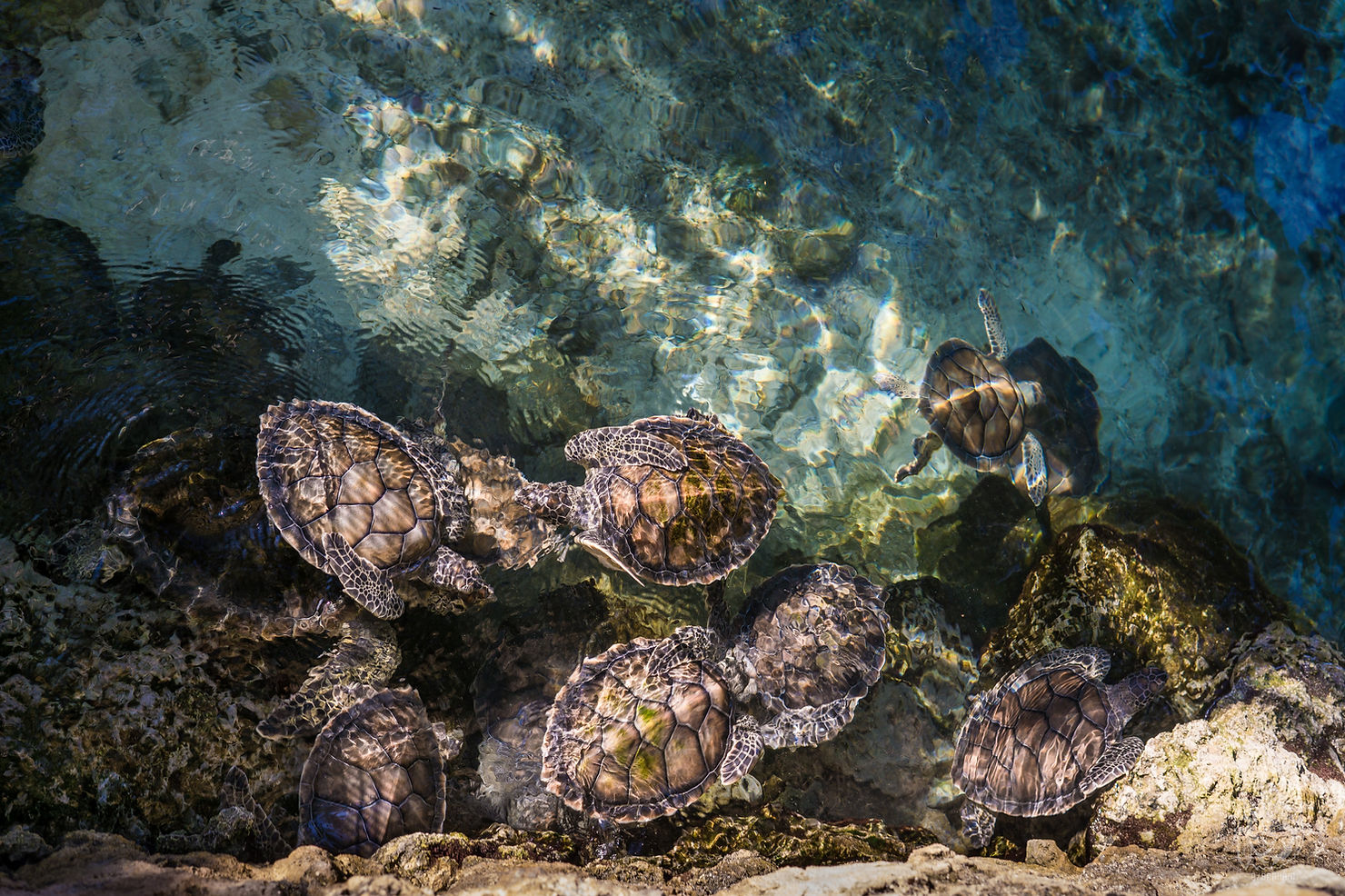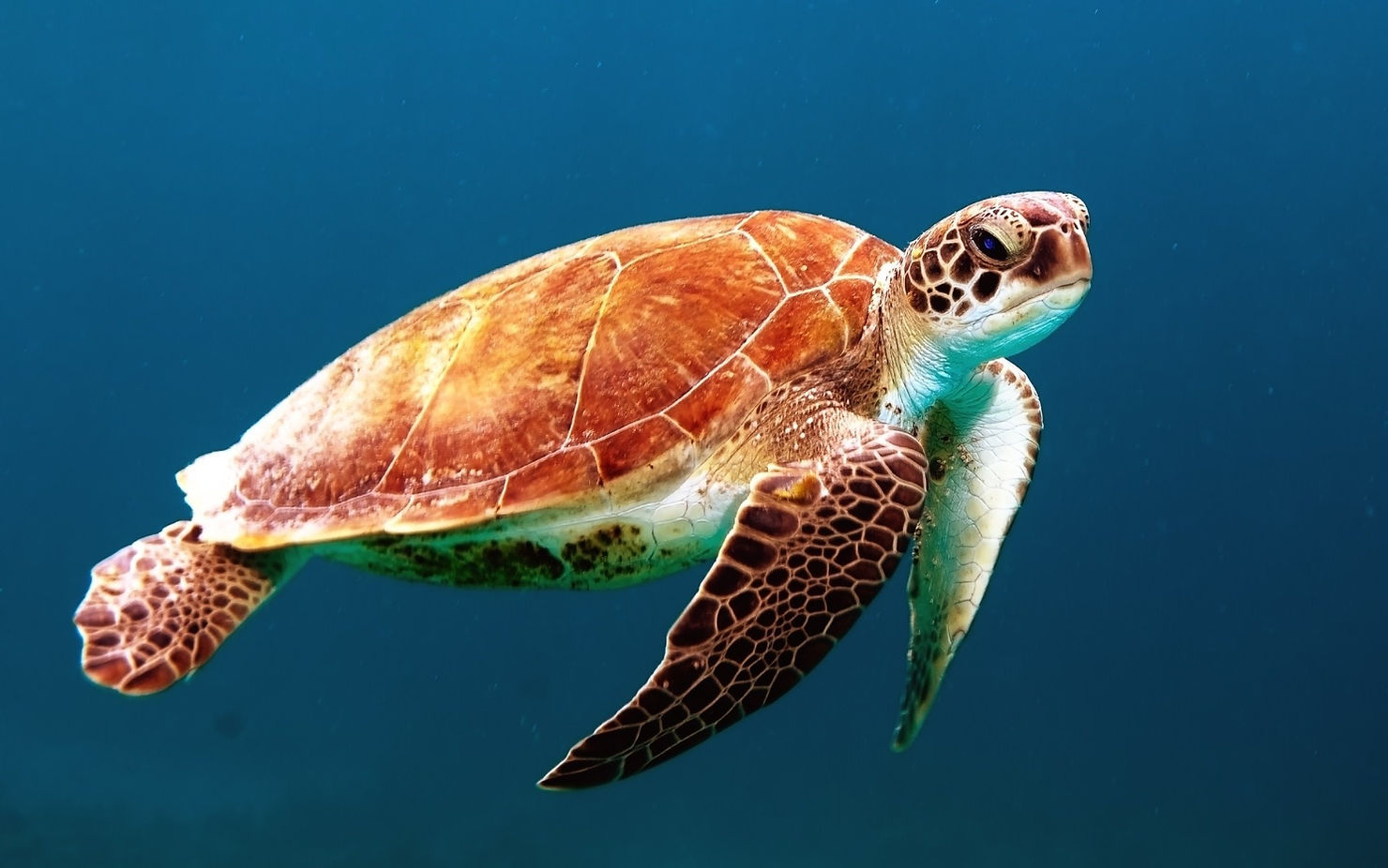A Practical Guide to Keeping Your Aquatic Pets Healthy—and Moving Them Across Borders Safely
Learn how to care for fish and aquatic turtles, plus how to manage international aquatic animal shipping and fish/turtle import/export USA regulations.
Introduction: When Your Pet Lives in Water—and Needs a Passport
From dazzling tropical fish to charismatic red-eared sliders, aquatic pets bring calm, beauty, and fascination into homes around the world. But when life calls for an international move, relocating these sensitive species requires far more than simply packing a tank.
This guide explores how to properly care for fish and aquatic turtles—and how to safely manage their international relocation, including details about fish transport, turtle export/import USA, and global aquatic shipping regulations.

1. Common Aquatic Pets and Their Unique Traits
| Species | Lifespan | Notes |
| Betta Fish | 2–5 yrs | Prefer solitude, air-breather (labyrinth organ) |
| Goldfish | 10–20 yrs | Need large tanks, high waste producers |
| Tropical Fish | 3–10 yrs | Community tanks, temperature-sensitive |
| Koi | 20–30 yrs | Outdoor pond species, large and hardy |
| Red-Eared Slider | 20–40 yrs | Semi-aquatic, basking turtle, common pet |
| Musk & Map Turtles | 15–30 yrs | Smaller freshwater species, active swimmers |
2. Aquarium and Habitat Requirements
For Fish:
- Tank size: Betta (5+ gal), tropical community (20+ gal), goldfish (30+ gal per fish)
- Filtration: Powerful biological and mechanical filters
- Heater: 74–80°F for tropical fish
- Lighting: Full-spectrum for plant growth and fish color
- Water changes: 25–30% weekly
- Testing: Monitor ammonia, nitrite, nitrate, pH
For Aquatic Turtles:
- Tank size: 75+ gal for adult red-eared slider
- Basking area: Heat lamp + UVB bulb
- Water heater: Maintain 75–80°F
- Filter: Strong enough for turtle-level bioload
- Substrate: Bare bottom or large river rocks (avoid gravel)
3. Diet and Feeding
| Species | Diet | Notes |
| Betta Fish | Insect-based pellets, frozen bloodworms | Avoid flakes; overfeeding causes bloat |
| Tropical Fish | Flake, pellets, freeze-dried foods | Tailor to community type |
| Goldfish | Specialized pellets, fresh greens | High fiber, low protein |
| Koi | Pellets, vegetables, fruits | Don’t feed under 50°F water temp |
| Turtles | Pellets, greens, insects, occasional fish | Feed outside tank if possible to reduce mess |
Feed fish once or twice a day; turtles every other day as adults. Remove uneaten food after 5–10 minutes.
4. Health Monitoring and Common Issues
| Symptom | Potential Cause |
| Fin rot, cloudy eyes | Poor water quality |
| Lethargy, gasping | Ammonia spike, temperature shock |
| Shell rot (turtles) | Dirty water, low basking temp |
| White spots (fish) | Ich—treat with salt and meds |
Use a quarantine tank for new additions. Watch for disease signs and test water regularly.
5. Legal and Biological Considerations
Before Relocating, Check:
- CITES status for aquatic turtles and exotic fish (some are restricted)
- Local import/export regulations for live animals
- Invasive species bans (e.g., red-eared sliders are illegal in many countries)
- Health certification requirements (less common for fish, more for turtles)
- Aquatic biosecurity laws—some countries ban live aquatic imports entirely
Common mistakes:
- Trying to ship banned species
- Not researching airline rules
- Ignoring water temperature fluctuations during transit
6. Can Fish and Turtles Fly?
Yes—but carefully. Air transport is safest and fastest when done properly.
Airline Rules:
- Fish and turtles usually must travel as manifest cargo
- Airlines may require temperature declarations
- Carrier and country must approve live aquatic shipment
DO NOT:
- Put fish in plastic bowls
- Place turtles in glass tanks
- Attempt to carry fish/turtles in personal luggage without clearance

7. How to Prepare for International Fish/Turtle Relocation
For Fish:
- Stop feeding 24–48 hours before transport to reduce waste
- Use thick plastic fish bags, double-layered, 1/3 water, 2/3 oxygen
- Add water conditioner and temperature stabilizer
- Use insulated styrofoam boxes + gel packs
- Label: “LIVE FISH – KEEP UPRIGHT – TROPICAL”
For Turtles:
- Use padded, breathable container with moist paper towel bedding
- No standing water inside crate
- Line with shredded newspaper
- Maintain moderate temps (65–80°F)
- Label: “LIVE TURTLE – DO NOT INVERT – TEMPERATURE SENSITIVE”
Include copies of documents, permits, and emergency contact info on crate exterior.
8. Shipping Timeline & Documentation
| Timeline | Task |
| 6+ months | Research laws in both countries; identify restricted species |
| 3–4 months | Contact freight forwarder or relocation partner |
| 2 months | Secure vet clearance (if needed), export permit, airline booking |
| 1 week | Prep shipping containers, conduct water test |
| 1–2 days before | Fast fish/turtle, stabilize environment |
| Shipping day | Oxygen-pack fish, prepare insulated containers, label clearly |
9. Arrival Protocol
- Unpack fish quickly into acclimation tank
- Float bags to equalize temperature (15–20 mins)
- Slowly add tank water to shipping bag (drip method if possible)
- For turtles, allow a quiet, warm environment with shallow water
- Monitor closely for the first 72 hours

10. How Transcon Pet Movers Ensures Aquatic Transport Success
Fish and turtles can’t tell you when they’re stressed—but at Transcon Pet, we plan every shipment to prevent stress in the first place.
Our aquatic transport services include:
- Species compliance checks (including CITES, USDA, and APHIS)
- Custom packing design with breathable turtle crates and fish oxygenation protocols
- Routing to avoid extreme weather zones and long layovers
- 24/7 tracking and import agent coordination
- On-arrival veterinary partnerships in major destination cities
Whether you’re moving a reef aquarium to Dubai or a beloved turtle to Tokyo, we handle each detail like it’s our own.
Final Thoughts: Aquatic Pets Deserve Thoughtful Travel Too
Your fish and turtles may be small, but the logistics to move them legally and safely are big. With proper preparation and expert help, they can thrive in their new home just as they did in your current one.
Ready to move across oceans with your aquatic companions? Contact us today to ensure your fish and turtles swim safely into their new life.

